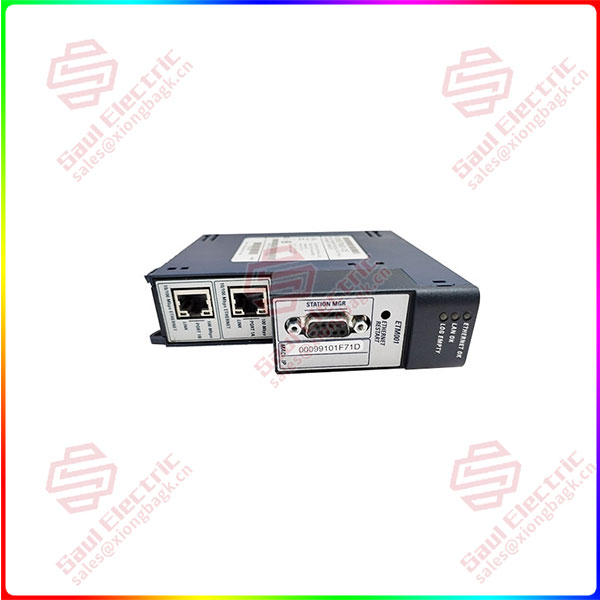Steel, one of the most commonly used metals in global industry for nearly two centuries, is found in almost all infrastructure, especially key components. As a typical traditional industry, the steel industry not only plays an extremely important role in the development process of modern industrial society, but also creates a large number of direct employment opportunities. As the core foundation of China’s industrial industry, the iron and steel industry has made irreplaceable contributions to the vigorous development of the national economy.
However, in recent years, traditional iron and steel enterprises are increasingly facing various challenges in the production and operation process, such as complex production processes, increased links and equipment, redundant data, and high carbon emissions, leading to a decline in production energy efficiency and an increase in environmental protection pressure at the same time, limiting the automation, information, intelligence and green level of iron and steel enterprises. According to the World Steel Association, the steel industry is responsible for nearly 8% of greenhouse gas emissions from the production process, ranking second among all sources of emissions after the power generation sector.
Under the background of “double carbon”, the green development of the industrial chain has become the trend of The Times, and more and more traditional and mature industries will take sustainable development as the primary goal, and the steel industry is no exception. Developing appropriate decarbonization plans, combined with innovative digital technologies and advanced green and low-carbon technologies, is increasingly becoming the “solution path” for various industries. Among them, steel enterprises should play a “leading” role, by accelerating their own digital and green low-carbon dual transformation, re-cast their core competitiveness, and strengthen close collaboration with upstream and downstream enterprises, jointly promote the whole industry chain to accelerate the high-end, intelligent, green transformation, and ultimately achieve net zero emissions.
Seize the five new technological opportunities to promote the comprehensive development of green steel
Traditional blast furnace steelmaking technology requires the use of large amounts of coke to produce finished steel, the production process for a long time in the past was generally considered to be very economical, but in fact lack of “green genes”. With the increasingly strong call of society for green environmental protection and sustainable development, green steel products have gradually become the breakthrough point and business growth point of iron and steel enterprises and the upstream and downstream industry chain.

IC695ETM001
New technological innovation has brought development opportunities for green steel. Steel enterprises in the forefront of the industry anchor the “double carbon” goal, and actively explore the application scenarios of new technologies, from the establishment of pilot plants to verify new technologies and production methods, to carry out relevant staff training, will take five specific measures to promote their own greenhouse gas emission reduction goals, including:
• Shift from traditional coal to biomass as a reducing agent and fuel
• Optimize blast furnace (BOF) efficiency to reduce production energy consumption and process losses
• More environmentally friendly electric arc furnaces (EAF) to increase the recycling rate of scrap steel
• Increase the recycling of carbon in chemical industry production with carbon capture technology
• Improve technologies with low environmental impact (such as hydrogen-based direct reduced iron, etc.) and promote their large-scale commercial application
This series of initiatives aimed at reducing carbon and decarbonization will help the steel industry reduce its own carbon footprint, and with the continuous innovation and iteration of science and technology, especially high-tech such as direct reduced iron, it will bring more significant green benefits. In addition, based on the opportunities brought by new technologies, enterprises can also collaborate with upstream and downstream partners in the industrial chain to build a large-scale green steel ecosystem in a more scientific and economic way.
In addition to the breakthrough of decarbonization technology, steel companies are also increasingly aware that in order to further improve production efficiency, optimize decision-making efficiency, and enhance business resilience, they need to use interconnected products to efficiently manage their own production processes, and break data “islands” through advanced software platforms to play the value of data. In addition, the transformation from “traditional” to digital, green and low-carbon, the key is from top-level planning to implementation, which requires professional and applicable full-life cycle solutions and services.
 1 Year Warranty
1 Year Warranty





